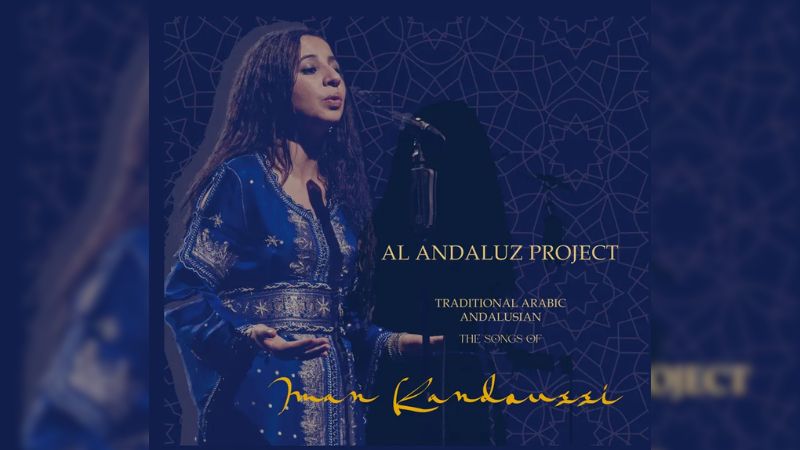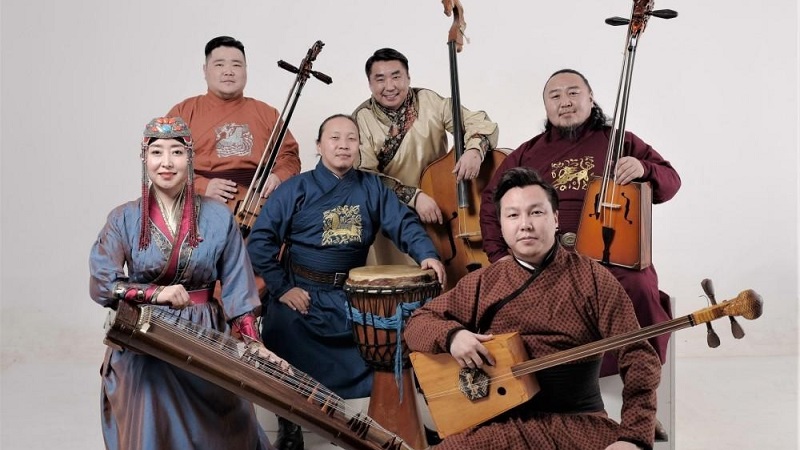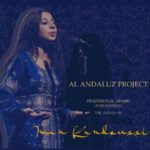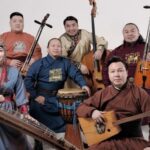Encyclopedia of Musical Instruments
Two curious minds are always better than one. World Musical Instrument, a pictorial dictionary of musical instruments, published by the Pepin Press BV is created by two graduates of Master in Communication Design from Central Saint Martins – Maria da Gandra and Maaike van Neck.
Two curious minds are always better than one. World Musical Instrument, a pictorial dictionary of musical instruments, published by the Pepin Press BV is created by two graduates of Master in Communication Design from Central Saint Martins – Maria da Gandra and Maaike van Neck.
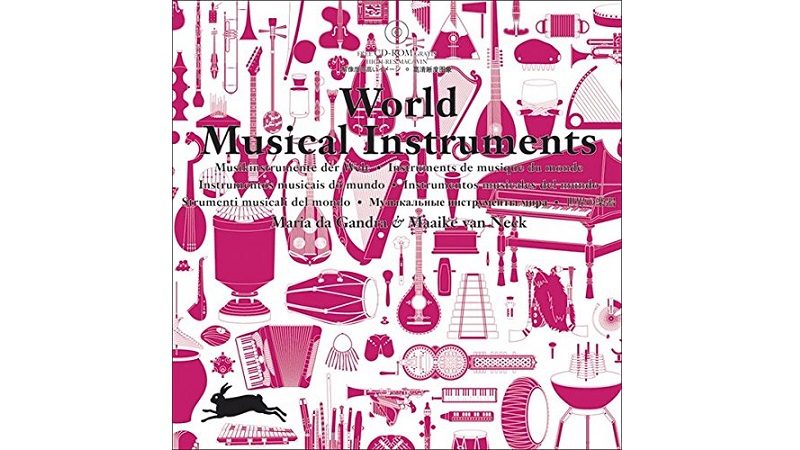
Perhaps the most striking feature of all is its overarching methodised principle. With musical instruments arranged along a timeline, the book provides from beginning to finish, from earliest to most recent; a perspective on the evolution of musical instruments that would otherwise not be noticeable.
These musical instruments, although hard to date such things confidently, were among the earliest of technological enterprises of humankind. The Jiahu flutes, made from bones, originated from China. Although less necessary for survival than axes and spears, these flutes are sophisticated representations of the first capabilities for human ingenuity.
Moving forward away from tribal communities to the renaissance and classical world of over two thousand years ago, musical instruments have evolved in its complexity not only in its form, but was an important catalyst in the initial motivation of what was to become scientific concept. This can be identified in the music of a more philosophical idea articulated by the Greeks – that we might be able to unlock its divine celestial secrets by observation and mathematical analysis. Considering Pythagoras’ very first recorded scientific experiments and studies of the laws governing musical strings as among the very first scientific instruments – in -effect – as mechanism allowing potentially the approach of measured experiment.
“Dedicated to a visual enjoyment of almost all musical instruments ever created in history, it is a great encyclopaedic work of art,” Monica Tong, Editor-in-Chief of Music Press Asia.
Take the mouth organs for example, having the earliest discovery of its creation by the Dayak People in Borneo in the first millenia BCE, then to Thailand and China towards the 7th century, this instrument takes a simplistic form made of bamboo pipes and shell of a gourd, represents the greatest creative achievement in that era.
However, things are a little different today. Equally impressive are the contemporary advancement in technology manifested in musical instruments today. Besides the digital pianos and saxophones, wouldn’t you think Electroplankton, an interactive music video game by Toshio Iwai made for Nintendo (developed by indieszero), be any less magnificent? The music in the game was composed by Koichi Kyuma and Yuichi Ozaki. They may not be an instrument at first thought, but you might want to just hang on to that idea.
Containing over 1500 drawings, the book’s breadth of scope celebrates musical performance, craftsmanship and sound engineering of different approaches from around the world. And provides a balanced historical overview of developments: from aerophones, idiophones, membranophones, mechanical and electrical instruments. While the newest products are of sophisticated machine and electronic age, oldest hand-made instruments in the book were dated back over 50,000 years.
Each drawing is presented at a common of scale 1:16.3 making comparison between instruments a simple task and helping the reader to identify the instruments a simple task.
Foreward and introduction note, Bart Hopkins from Experimental Musical Instruments of California, USA and Andrew Haslam of Central Saint Martins College of Art and Design
Publisher, The Pepin Press BV
Series Editor, Pepin van Roojen
ISBN 9789057681165

